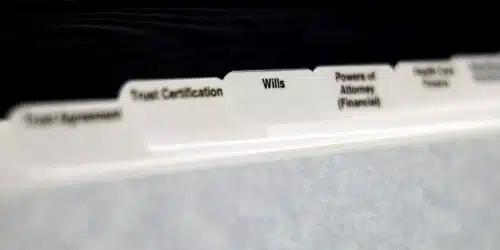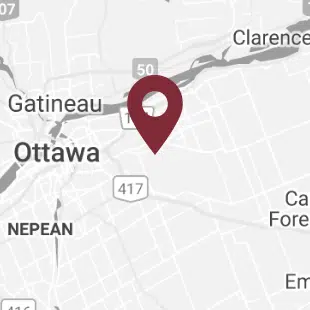So, you’ve bought your first home with a large fenced in back yard and you discover it is so large because it encloses a portion of a laneway. What do you do?
What is the process for making an application to close a laneway that abuts your property and purchase that land? Abut means that the other land shares and touches your property line. Here are some tips!
First off, if your proposal affects any neighbours, the city recommends speaking with them first and submitting a joint application.
Pre-Application Consultation
The City of Ottawa recommends that you request a Pre-Application Consultation to discuss your proposal with a member of the Development Office.
For some types of projects, doing the pre-application consultation process is not just recommended but mandatory. Mandatory pre-application consultations are required for:
- Official Plan Amendments
- Major or Minor Zoning By-Law Amendments
- Plan of Subdivision
- Site Plan Control
- Vacant Land
- Common Element Condominiums
- Municipal Concurrence
- Public Consultation Process for Antenna Systems
If the pre-application process is mandatory, then there is a current cost of $660.00 (not subject to HST) and that fee is refundable if you submit a development application for the same lands within 12 months of the consultation. If your proposal does not fall within that list, then there is no fee for a pre-application consultation.
To book this Pre-Application Consultation the City asks that you:
- Fill out a Pre-Application Consultation Form;
- Prepare a simple concept plan illustrating the proposal;
- Fill out the Transportation Impact Assessment Step 1 Screening Form; and
- Submit these documents as a package via email using the subject line “Pre-Application Consultation” to the Development Information Office at dioinquiry@ottawa.ca, or you can drop off the application at one of the City of Ottawa’s Client Service Centers.
Within 3 days of submitting that application, the File Lead assigned to your proposal will contact you to ask for more information and to plan next steps. The consultation itself is generally held within 10 to 15 business days after making the request.
After the consultation, the File Lead will email you a Study and Plan Identification List that you can use to guide you in modifying your proposal and in ultimately submitting the Street/Lane Closing Application.
Street/ Lane Closing Application
Based on the advice given from your consultation, you may now feel ready to submit a Street/Lane Closing or Opening Application to the Development Information Office. Once an application is received, it is evaluated based on the criteria in the Urban Lanes Management Policy. This policy classifies different types of lanes and lists the different criteria to warrant closing these lanes.
For fees when submitting a Street/Lane Closing Application please see the following table:
| Category A – arterial, major collector, collector | Category B – local street, lane | |
| Travelled | $12,912.42 (Includes $274.00 Legal Fee + HST) | $6,479.42 (Includes $274.00 Legal Fee + HST) |
| Untravelled | $12,166.62 (Includes $274.00 Legal Fee + HST) | $5,733.62 (Includes $274.00 Legal Fee + HST) |
| The Conservation Authority will invoice separately as required.
***The fee for an application for Street or Lane Opening (effective January 1, 2022) is $17,962.24 (includes $1,648.00 Legal Fee + HST). |
||
If the City approves your application, City Council will pass a by-law to close the road. The land remains under the ownership of the city until the application is approved. City Council may then decide to sell the land at a price they get to set, but usually at market value. Someone making a proposal should make it clear in their pre-application consultation and in their Street Lane Closing application that they would like to purchase the land.
The information on fees and relevant links are up to date as of July 12, 2022.
This blog post was written by Heather Austin-Skaret, a Partner in the Real Estate, Wills and Estates, and Estate Litigation teams, and Summer Student Meghan Boyer. Heather can be reached at 613-369-0356 or at Heather.Austin-Skaret@mannlawyers.com.








